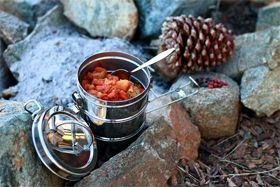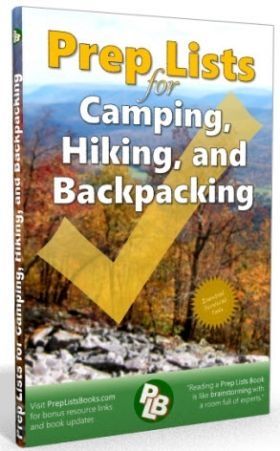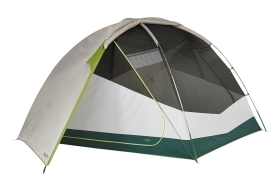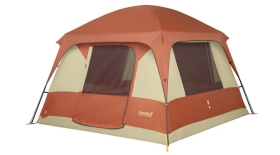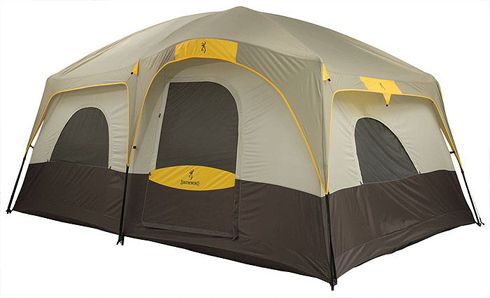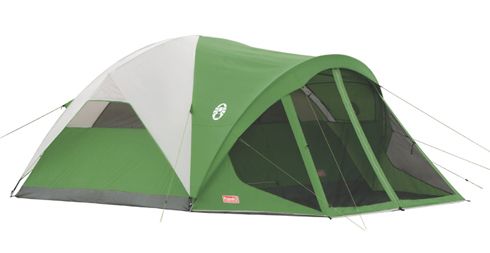How to Choose Your First Tent for Camping.
Among the many things that you need to bring along for your first ever camping trip, by far the most important one is the tent. It is your home away from home. That’s why it's no surprise that whenever people hear the word “camping,” the first thing that comes to mind would be a tent.
This dwelling should not only protect you and your essential things from the elements but also provide you with a good rest in the middle of the wilderness. Thus, choosing the correct kind of tent is very important, more so for first-time campers.
Got no idea what to look out for in a tent? Here are a few things any outdoor first-timer must keep in mind when shopping for their temporary dwelling.
1) Capacity
If you’re going by yourself, a 1-person tent is sufficient. You may need to upgrade your space requirement if you want to keep your gear, food, and other stuff into the tent with you. If you’re not a very heavy sleeper, the additional space could be essential. Sleeping in a small tent may not be ideal for everyone, especially those who have are not keen on tight spaces. In these cases, increase the size and get a 2 person tent or one with a vestibule.
If you have a friend with you, the same rules apply. If it is just the two of you, a 2-person tent could do. If both of you want to pack your gear inside as well, increase the capacity by 1 or 2 persons if both of you have lots of stuff.
If you prefer to keep your stuff outside, but still have them protected from the rain and wind, there are tents whose rain flys create a vestibule, and it essentially creates a mini-canopy to put your stuff in away from the elements. That way, your gear stays outside, and only people and valuables (wallets, phones, keys.) stay inside.
2) Floor Area
Depending on both your height and how much room you want, especially if you intend to store gear inside the tent. A good measure would be 20 square feet of space per person. That would give you enough room for both yourself and your gear. Otherwise, if you intend to leave your stuff outside, 15 square feet per person could work, although space would be tight.
One thing to consider along with your height is floor-length. Most tents usually have floors that are anywhere between 84 and 88 inches long. If you’re particularly tall (6 feet and above), pick a tent that has a floor-length of at least 90 inches. That way, the tent has enough legroom to let you sleep without having to curl up into a ball.
3) Tent Height
There are tents with lots of headroom, as well as some that do not. Choose a tent that will at least allow you to sit up comfortably inside it, without the need to crawl in and out. For others, they want to be able to stand up inside the tent while changing clothes. If you want the same privilege, look for a tent with a relatively high center, enough to accommodate your self.
As a rule, the more clearance there is between the tent ceiling and the top of your head, the better the ventilation is inside the tent. Allow enough headroom so fresh air can circulate in the interior of the tent while you’re inside.
4) Tent Design
There are two basic tent designs you can find: the cabin and the dome. Cabin tents have almost vertical walls, which maximizes the available space inside. Some cabin tents also have many useful extra features, such as awnings, room dividers, and wide vestibule doors.
Dome tents, on the other hand, are designed like igloos, not exactly spherical, but the walls do slope downwards from the top of the tent. Reducing the available space in the interior but strengthening the tent against strong winds. Dome tents also tend to be more compact and simpler to put up.
5) Tent Weight
Weight is a vital consideration if you’re a backpacker or bikepacking, you would want a lightweight tent that still gives enough space for your needs. The more space it has, the heavier it is. A helpful rule of thumb is to pick a tent that weighs four pounds or less. With that, you won’t stress out your back too much.
If you’re driving to the campsite, weight isn’t much of an issue. You have much more freedom to choose spacious and robust tents.
6) Seasonality
Tents fall into two distinct categories, 3-season, and 4-season tents. Three-season tents are suitable for summer, spring, and fall, and made of more lightweight and breathable material. They’re ideal for warm weather as their interiors are well-ventilated. They also provide enough protection against rain and light snow, and they keep the bugs out.
Four-season tents are best suited for the winter because they are constructed of thicker materials, designed to withstand snow and strong wind. Additionally, the heavy fabric provides adequate insulation against the cold temperature outside. Four-season tents also include more poles for better stability against the wind. As such, these tents are more substantial and are more expensive than 3-season ones.
7) Number of Doors
If you were camping on your own, a 1-door tent would suffice. If there are two of you sharing a space, you might want to consider a 2-door tent, so it's easier to get out when nature calls in the middle of the night. So you do not have crawl over your tentmate.
If you’re both cool with that, then a 1-door tent is ok. Since such a tent is lightweight, it's also easier for backpackers and bike-campers.
8) Wall Design
Many tents are double-wall, having both an internal wall with the tent body and a rainfly. There are also those that are single-wall, which means they have no rainfly. These are lighter and easier to set up, but they tend to pick up more condensation in the interior. In other words, the walls of the tent may get wet while you are sleeping inside it. If you’re going for a single-wall tent, check if it's adequately vented to allow moisture to escape.
9) Ventilation
Does not every camper wish to have air conditioning in their tents, right? Since that still isn’t possible, a well-ventilated tent is your best bet for a comfy sleep in the great outdoors. Tents with mesh walls, doors, and windows promote the best air circulation. With that, there is much less condensation in the interior, and it stays cooler in warm weather.
10) Poles
Poles are the backbone of the tent, giving it structure and supporting the fabric body. Generally, aluminum poles are sturdier than fiberglass ones. The latter can break easily and tend to be heavier, so it's best to avoid them.
Also, how the poles thread into the tent body is essential. Tents that use clips are usually faster to set up, but those that have sleeves are stronger, especially in high winds. Threading poles through sleeves isn’t as easy though.
11) Footprint
Don’t forget this one; it's equally essential. A footprint is an additional piece of material that goes right underneath the tent floor. It protects the underbelly of the tent from scratches, tears, and other damage from the rough ground below. Make sure to have one that is, as much as possible, the same size and area as the tent floor. Any excess footprint sticking out would collect rainwater, making the tent floor unpleasantly soggy.
Next up >> Setting Up Your Tent

